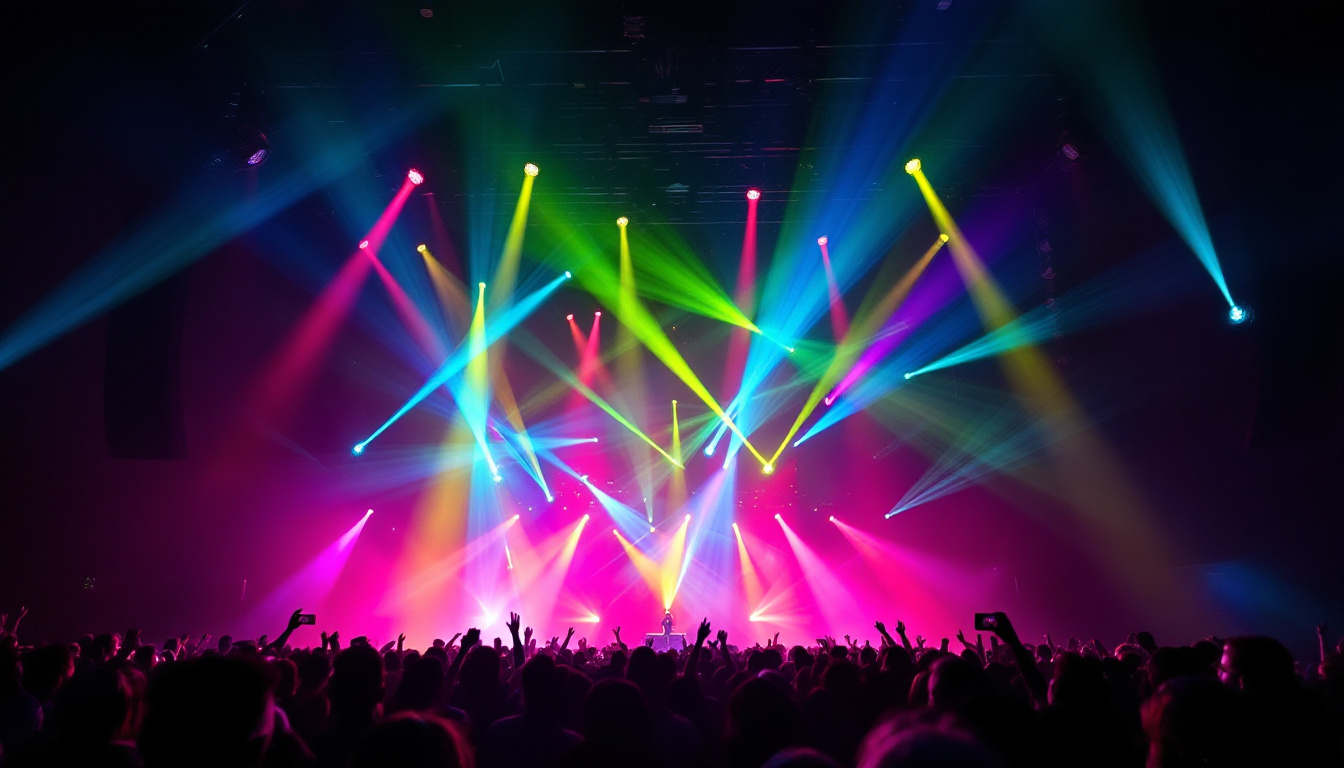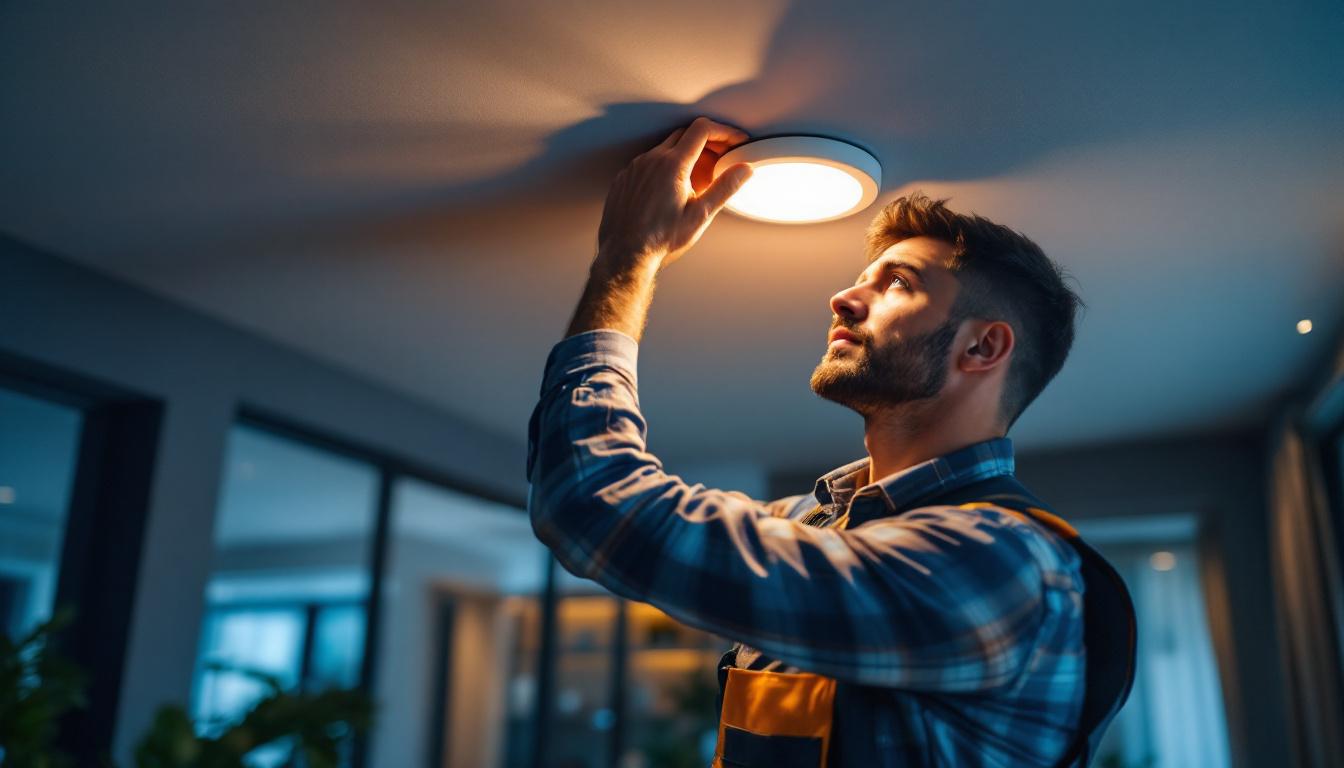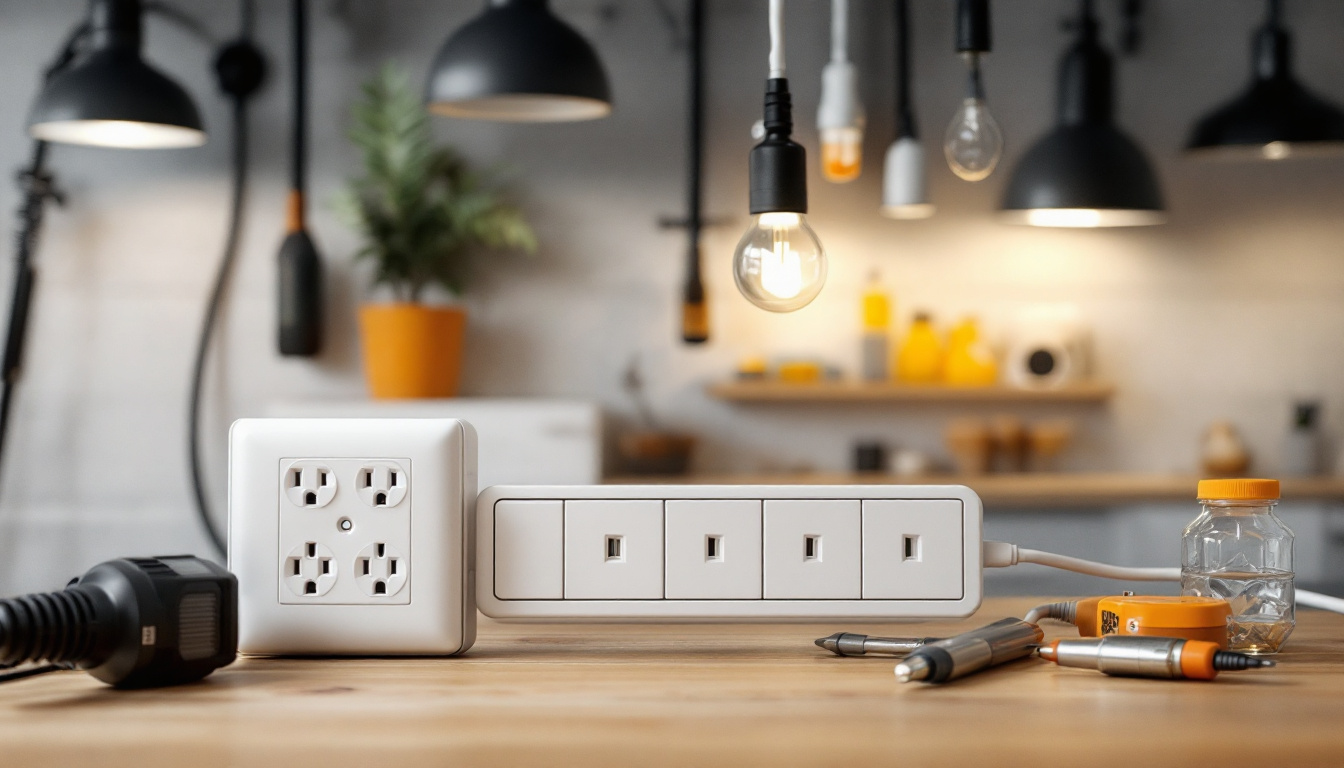
In the realm of construction and renovation, lighting is often an overlooked aspect that can significantly impact the overall ambiance and functionality of a space. Proper lighting solutions not only enhance aesthetic appeal but also contribute to energy efficiency and safety. For lighting contractors, understanding how to leverage various lighting technologies is essential for delivering optimal results to clients.
Switches play a crucial role in this equation. They are the gateway for controlling lighting systems, and their design and functionality can greatly influence the user experience. By examining the different types of switches available and their applications, contractors can provide better lighting solutions tailored to the specific needs of their clients.
Moreover, the integration of smart lighting systems has revolutionized the way we interact with our environments. These systems allow users to control lighting remotely, set schedules, and even adjust brightness and color temperature based on the time of day or activity. This level of customization not only enhances comfort but also promotes energy conservation, as lights can be programmed to turn off when not in use. As smart home technology continues to evolve, lighting contractors must stay updated on the latest innovations to offer cutting-edge solutions that meet modern demands.
Additionally, the psychological effects of lighting should not be underestimated. Studies have shown that different types of lighting can influence mood, productivity, and even health. For instance, warm lighting is often associated with relaxation and comfort, making it ideal for residential spaces, while cooler, brighter lighting can enhance focus and alertness in work environments. By understanding these nuances, contractors can create lighting plans that not only fulfill functional requirements but also promote well-being and enhance the overall experience of the space.
Standard switches are the most common type found in residential and commercial settings. They offer a simple on/off function, making them easy to use for anyone. However, their simplicity can also be a limitation, especially in more complex lighting setups where multiple fixtures need to be controlled.
In many cases, standard switches can be paired with dimmers to provide a more versatile lighting solution. Dimmers allow users to adjust the brightness of their lights, creating different moods and enhancing the functionality of the space. For example, in a dining area, a dimmer can create a cozy atmosphere for intimate dinners, while brighter settings may be preferred for family gatherings or work-related tasks.
As technology advances, smart switches have emerged as a popular choice for modern lighting solutions. These devices can be controlled remotely via smartphones or voice-activated assistants, offering unparalleled convenience. Smart switches can also be programmed to operate on schedules, enhancing energy efficiency and ensuring that lights are only on when needed.
Moreover, smart switches often come with features such as scene setting, which allows users to create specific lighting configurations for different activities. This level of customization is particularly appealing to homeowners looking to optimize their living spaces. For lighting contractors, recommending smart switches can set them apart as forward-thinking professionals who prioritize innovation in their projects.
In larger spaces, three-way and four-way switches are essential for controlling lights from multiple locations. A three-way switch setup allows two switches to control a single light fixture, while a four-way switch can add additional control points. This is particularly useful in hallways, staircases, and large rooms where accessibility and convenience are paramount.
When installing these switches, it is crucial to ensure proper wiring and configuration to avoid issues such as flickering lights or inconsistent performance. Understanding the wiring diagrams and the specific requirements for these setups can help contractors deliver reliable and user-friendly lighting solutions.
Lighting control systems go beyond traditional switches, offering advanced features that enhance both functionality and energy efficiency. These systems can integrate with smart home technology, allowing for seamless control of lighting alongside other systems such as heating and cooling. This integration can lead to significant energy savings, as lights can be programmed to turn off when a room is unoccupied.
Additionally, lighting control systems can improve the overall user experience by providing intuitive interfaces for adjusting lighting levels and settings. For contractors, understanding these systems can open up new avenues for project proposals and client satisfaction. Offering a comprehensive lighting control solution can set a contractor apart in a competitive market.
There are several types of lighting control systems available, each with its unique advantages. For instance, centralized control systems allow for all lighting fixtures to be managed from a single interface, making it easy to adjust settings throughout a property. This can be particularly beneficial in commercial settings where multiple rooms or areas require different lighting configurations.
On the other hand, decentralized systems offer individual control for each fixture, providing flexibility for spaces that require varied lighting setups. Understanding the specific needs of a client’s space can help contractors recommend the most suitable lighting control system.
As smart home technology continues to evolve, integrating lighting control systems with other smart devices can enhance the overall functionality of a space. For example, linking lighting systems with security cameras or motion sensors can create a more secure environment. Lights can automatically turn on when someone enters a room, deterring potential intruders and providing peace of mind for homeowners.
Furthermore, integration with home automation systems allows for synchronized control of various devices, creating a cohesive smart home experience. For lighting contractors, understanding how to integrate these systems can provide added value to clients, ensuring that their lighting solutions are not only effective but also future-proof.
Energy efficiency is a critical consideration in modern lighting solutions. With rising energy costs and increasing awareness of environmental issues, clients are often looking for ways to reduce their energy consumption. Utilizing energy-efficient lighting options, such as LED bulbs, can significantly lower electricity bills and reduce the carbon footprint of a property.
LED lighting technology has advanced rapidly, offering a range of options that provide high-quality illumination while consuming less power. Contractors should stay informed about the latest LED products and their applications, as this knowledge can help in recommending the best solutions for clients.
Beyond just selecting energy-efficient products, contractors can also implement sustainable practices in their lighting projects. This may include using recyclable materials, minimizing waste during installation, and educating clients about the importance of proper maintenance for extending the lifespan of lighting systems.
By adopting sustainable practices, contractors not only contribute to environmental conservation but also position themselves as responsible professionals in the industry. This commitment to sustainability can resonate with clients who prioritize eco-friendly solutions, potentially leading to increased business opportunities.
Many regions offer incentives for energy-efficient upgrades, including lighting solutions. Contractors should familiarize themselves with local programs that provide rebates or tax credits for clients who choose to upgrade to energy-efficient lighting. This knowledge can be a powerful selling point when discussing project proposals, as it can significantly reduce the upfront costs for clients.
By leveraging these incentives, contractors can not only enhance their service offerings but also help clients make informed decisions that align with their budget and sustainability goals. Staying updated on available programs can create additional value for both the contractor and the client.
As research continues to unveil the impact of lighting on human health and well-being, the concept of human-centric lighting is gaining traction. This approach focuses on designing lighting solutions that mimic natural light patterns, promoting better mood, productivity, and overall health.
For lighting contractors, understanding the principles of human-centric lighting can lead to innovative designs that cater to the needs of clients. This may involve using tunable white LEDs that can adjust color temperature throughout the day, aligning with the natural circadian rhythms of occupants.
The rapid advancements in smart technology are set to transform the lighting industry further. Features such as adaptive lighting, which adjusts automatically based on occupancy and natural light levels, are becoming more prevalent. Contractors should keep an eye on emerging technologies that can enhance their lighting solutions and provide clients with cutting-edge options.
Moreover, as the Internet of Things (IoT) continues to expand, the integration of lighting systems with other smart devices will become increasingly seamless. Understanding these trends can help contractors stay ahead of the curve and offer innovative solutions that meet the evolving needs of their clients.
As clients become more design-conscious, the aesthetic aspect of lighting solutions is gaining importance. Lighting is no longer just about functionality; it is also a key element of interior design. Contractors should be prepared to offer a range of stylish fixtures and customizable options that align with the overall design vision of a space.
By collaborating with interior designers and staying updated on the latest design trends, contractors can provide comprehensive lighting solutions that enhance both the functionality and beauty of a space. This holistic approach can lead to increased client satisfaction and repeat business.
In the ever-evolving landscape of lighting solutions, contractors must stay informed and adaptable to meet the diverse needs of their clients. By understanding the various types of switches, leveraging advanced lighting control systems, prioritizing energy efficiency, and keeping an eye on future trends, contractors can provide exceptional service and innovative solutions.
Ultimately, the goal is to create lighting solutions that enhance the quality of life for occupants while also being mindful of environmental impacts. By embracing these principles, lighting contractors can position themselves as leaders in the industry, delivering value and satisfaction to clients in every project.
Ready to take your lighting solutions to the next level? At LumenWholesale, we provide contractors like you with the highest quality, spec-grade lighting products at prices that can’t be beaten. Say goodbye to local distributor markups and hello to our extensive selection that meets rigorous industry standards. With free shipping on bulk orders, you can trust that you’re getting premium lighting at the best value — no hidden fees, no compromises. Elevate your lighting game and ensure your projects shine with LumenWholesale. Discover our unbeatable deals and experience the convenience of shopping with us by visiting Wholesale Lighting at the Best Value.

Discover the magic behind the most beloved light fixtures in concerts.

Explore how recessed LED light fixtures are transforming the financial landscape for lighting contractors.

Discover essential tips and common pitfalls to avoid when using a 4-plug outlet in lighting projects.

Discover how lighting contractors can enhance bedroom aesthetics and functionality with expertly installed pot lights.